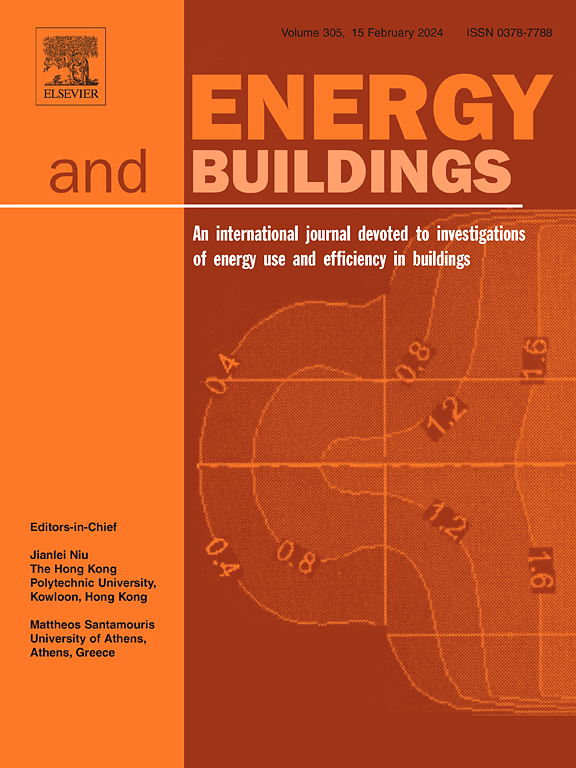Life cycle carbon and cost assessments of the retrofit to Passivhaus EnerPHit standard of suburban residential buildings in Hunan, China
IF 6.6
2区 工程技术
Q1 CONSTRUCTION & BUILDING TECHNOLOGY
引用次数: 0
Abstract
The substantial number of energy-inefficient residential buildings in China presents a significant barrier to the Chinese government’s ambitious goal of achieving carbon neutrality by 2060. The Passivhaus standard provides clear and structured guidance on achieving low energy consumption during building operations. However, the extent to which the corresponding EnerPHit retrofit standard contributes to carbon neutrality, especially over an entire building’s lifespan, remains unclear. High initial costs and uncertainties in payback periods often obstruct the implementation of deep retrofits. To address these gaps, this study conducted life cycle carbon and cost assessments on a suburban residential building in Hunan, China, evaluating five EnerPHit standard retrofit scenarios requiring different levels of retrofit inputs. These results were compared with the life cycle performance of the pre-retrofit scenario. Dynamic building energy simulations, accounting for changing climate conditions over the next 30 years, provided a predicted evaluation of operational impact The findings suggest that EnerPHit-level retrofits can achieve significant total carbon savings of 80 %–83 % compared to the pre-retrofit case over the examined lifespan. However, the cost benefits were less prominent, with savings ranging between 7 % and 15 %. The initial impacts on carbon and cost were notably different: total embodied carbon accounted for only 8 %–14 % of the lifecycle, while initial costs comprised 71 %–75 %. Optimisation analysis is necessary to maximise the benefits of EnerPHit-level retrofits. The best retrofit scenario in this study achieved a combined efficiency of ¥87 financial savings per tonne of carbon saved per square metre of floor area, whereas the worst scenario only achieved 46 % of this efficiency.
求助全文
约1分钟内获得全文
求助全文
来源期刊

Energy and Buildings
工程技术-工程:土木
CiteScore
12.70
自引率
11.90%
发文量
863
审稿时长
38 days
期刊介绍:
An international journal devoted to investigations of energy use and efficiency in buildings
Energy and Buildings is an international journal publishing articles with explicit links to energy use in buildings. The aim is to present new research results, and new proven practice aimed at reducing the energy needs of a building and improving indoor environment quality.
 求助内容:
求助内容: 应助结果提醒方式:
应助结果提醒方式:


